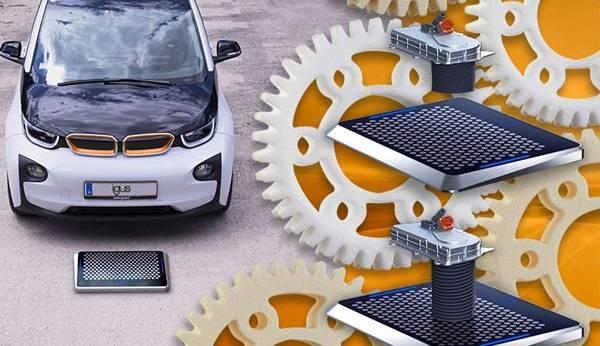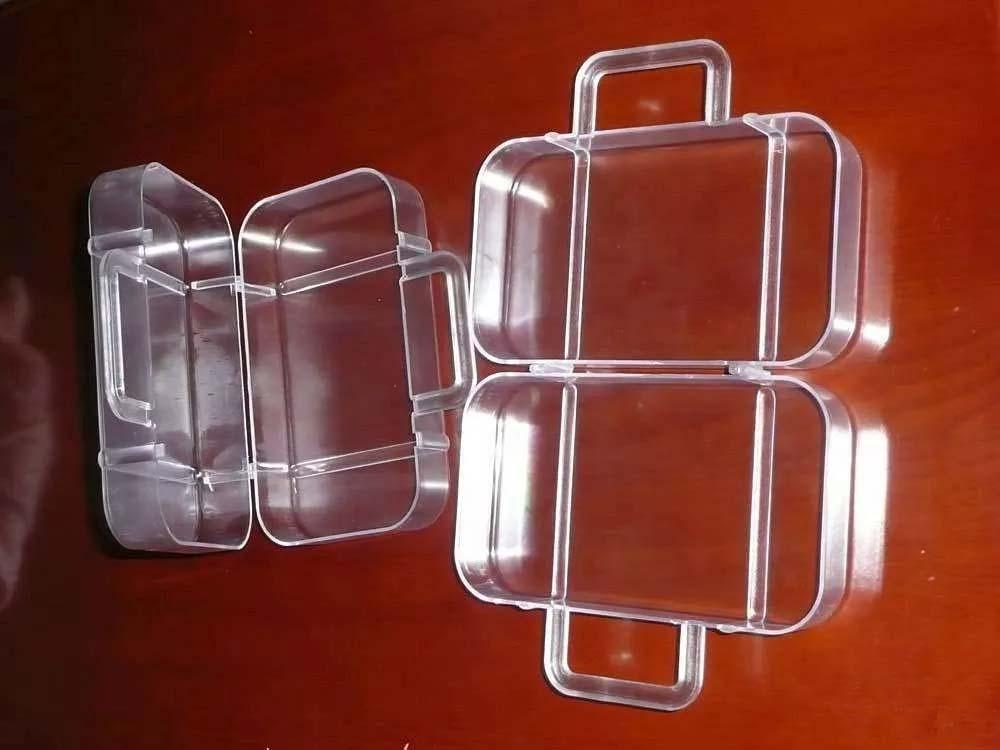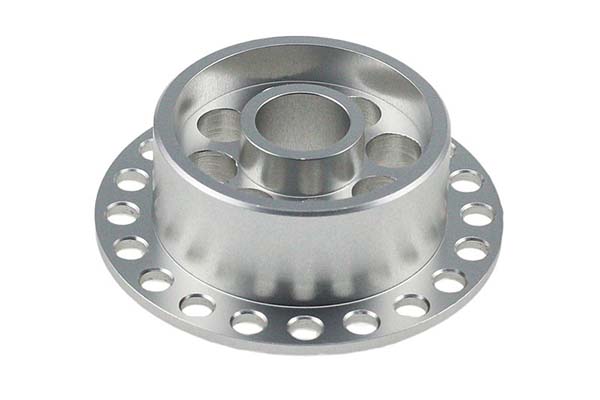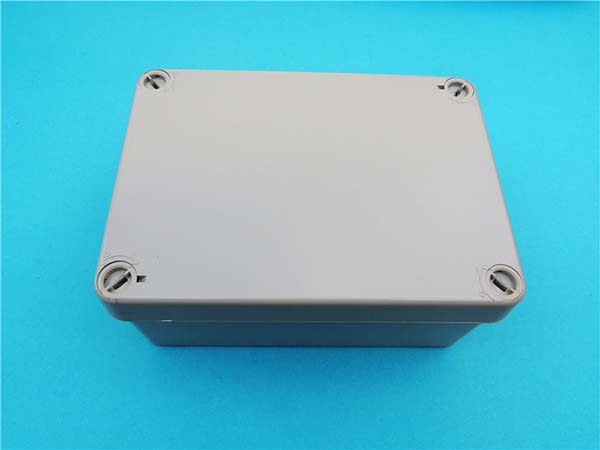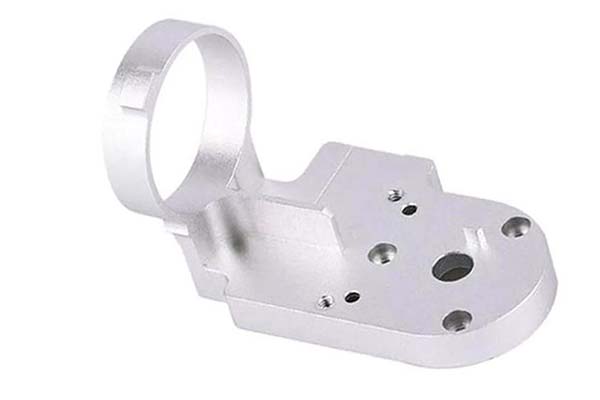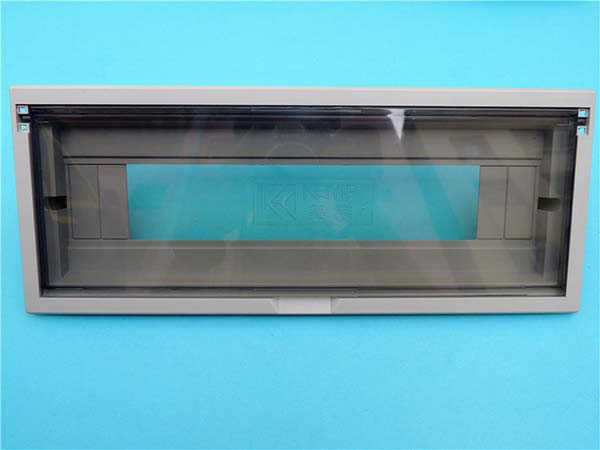What is the Prototype Manufacturing Process?
The prototype manufacturing process is the heart of product development, acting as a crucial bridge between a product concept and its final market - ready form. It is a systematic series of steps that transform a design idea, often in the form of digital blueprints or sketches, into a tangible physical model. This physical model, the prototype, serves as a testing ground where designers, engineers, and stakeholders can evaluate a product's functionality, form, and usability long before mass production begins.
The journey starts with design conceptualization. This could involve brainstorming sessions, market research to identify customer needs, and competitor analysis. Once a viable concept is established, it is translated into a detailed digital design using Computer - Aided Design (CAD) software. CAD allows for precise 3D modeling, where every dimension, curve, and surface of the product can be accurately defined. For example, in the development of a new smartphone, CAD would be used to design the sleek exterior, the layout of internal components, and the placement of ports and buttons.
After the design phase, the next step is material selection. The choice of materials depends on various factors such as the product's intended use, cost constraints, and required mechanical properties. For a prototype of a lightweight drone, materials like carbon fiber composites might be selected for their high strength - to - weight ratio, while for a simple plastic toy prototype, a common acrylonitrile - butadiene - styrene (ABS) plastic could be sufficient.
The actual fabrication of the prototype then takes place. There are several methods available, each with its own advantages and limitations. 3D printing, also known as additive manufacturing, has become increasingly popular in recent years. It works by layering materials, such as plastic filaments or powdered metals, based on the digital design. This method is great for creating complex geometries quickly and at a relatively low cost. For instance, it can produce a prototype of a custom - designed prosthetic limb with intricate internal structures that would be difficult to achieve with traditional manufacturing methods.
Another common method is CNC (Computer Numerical Control) machining. This subtractive manufacturing process uses computer - controlled machines to carve away material from a solid block, be it metal, plastic, or wood, to create the desired shape. CNC machining offers high precision and is suitable for prototypes that require tight tolerances, like those in the aerospace or automotive industries.
Key Stages in Prototype Manufacturing
Design and Conceptualization
The initial design stage is the cornerstone of the prototype manufacturing process. It is where the abstract idea begins to take a more tangible form. Designers and engineers heavily rely on advanced design software. For example, in the automotive industry, when creating a prototype of a new car model, CAD (Computer - Aided Design) software like CATIA, along with SolidWorks, is used for 3D modeling. These tools allow for the precise creation of the car's exterior shape, interior layout, and the design of mechanical components such as the engine and transmission. They enable the visualization of the product from different angles, and the ability to make quick design changes and optimizations. With CAD software, designers can simulate how different parts of the car will interact, check for any design flaws, and ensure that all components fit together perfectly before moving on to the next stage.
Material Selection
The choice of materials for prototype manufacturing is crucial as it directly impacts the prototype's performance, cost, and manufacturability. Here are some common materials used in different prototype manufacturing methods:
| Material | Type | Common Use in Prototype | Key Characteristics |
| PLA (Polylactic Acid) | Plastic | 3D printing | Biodegradable, easy to print, has a relatively low melting point, good for creating detailed and colorful prototypes, but has lower strength and heat resistance. |
| ABS (Acrylonitrile - Butadiene - Styrene) | Plastic | 3D printing, some injection - molded prototypes | Stronger and more heat - resistant than PLA, but can be more difficult to print due to its higher melting point and tendency to warp. It is a popular choice for functional prototypes that need to withstand more stress. |
| Aluminum | Metal | CNC machining, some casting prototypes | Lightweight, high strength - to - weight ratio, good thermal and electrical conductivity. It is often used in aerospace and automotive prototypes where weight reduction is important. |
| Steel | Metal | CNC machining, for prototypes that require high strength and durability | High strength, good wear resistance. Carbon steel is commonly used for general - purpose prototypes, while stainless steel is preferred when corrosion resistance is needed. |
Manufacturing Techniques
There are several manufacturing techniques available for prototype production, each with its own set of advantages and disadvantages.
| Manufacturing Technique | Advantages | Disadvantages | Best For | Cost |
| 3D Printing (Additive Manufacturing) | Can create complex geometries with ease, fast prototyping, low tooling costs, suitable for small - batch production and customization. | Slow for large - scale production, limited material options in some cases, surface finish may not be as smooth as other methods. | Prototypes with complex internal structures, one - off designs, and rapid iteration of design concepts. | Low to moderate, depending on the printer and materials. |
| CNC Machining (Subtractive Manufacturing) | High precision, can work with a wide range of materials including metals, plastics, and wood. Produces parts with a good surface finish. | High - cost for small - batch production due to machining time, waste of material as it is removed from a solid block. | Prototypes that require tight tolerances, such as those in the medical and aerospace industries. | Moderate to high, depending on the complexity of the part and the material. |
| Injection Molding | High - volume production at a low per - unit cost, can produce parts with excellent surface finish and consistent quality. | High initial tooling costs (mold making), long lead time for mold production, not suitable for rapid design changes. | Mass - production of plastic prototypes with a fixed design, such as consumer electronics housings and toys. | High initial investment for molds, but low per - unit cost for large quantities. |
Testing and Iteration
Testing the prototype is an essential step in the prototype manufacturing process. It helps to identify any design flaws, functional issues, or areas that need improvement. There are various types of tests that can be conducted. For example, in the case of an electronic product prototype like a new smartphone:
- Functionality Testing: This involves checking if all the features of the smartphone work as intended. Does the touchscreen respond accurately? Do the cameras take clear pictures? Are the speakers and microphones functioning well?
- Durability Testing: The prototype is subjected to various stress tests to see how it holds up over time. This could include dropping the phone from a certain height multiple times, exposing it to different temperatures and humidity levels, and testing the lifespan of the battery.
Based on the test results, the prototype can be iterated upon. If the camera quality is found to be sub - par during testing, the lens design or the software algorithm for image processing can be modified. This cycle of testing and iteration continues until the prototype meets all the desired requirements, ensuring that the final product is of high quality and ready for mass production.
Yigu Technology's Perspective
As a non - standard plastic and metal products custom supplier, Yigu Technology deeply understands the significance of the prototype manufacturing process. We emphasize the in - depth understanding of material characteristics. Different materials have unique mechanical, chemical, and thermal properties. For example, when dealing with plastic materials like ABS and PC, we know how their different melting points, impact resistances, and chemical resistances will affect the prototype's performance. This knowledge allows us to provide the most suitable material suggestions for our clients' projects.
Our advanced equipment is another key factor. We are equipped with state - of - the - art 3D printers and high - precision CNC machines. These devices enable us to produce prototypes with high precision and complex geometries, meeting the diverse needs of our customers. Moreover, our professional team of engineers and technicians plays a crucial role. They have rich experience in handling various prototype manufacturing projects, from design optimization to material selection and manufacturing process control. With their expertise, we can ensure that every prototype we produce meets high - quality standards and helps our clients achieve their product development goals efficiently.
FAQ
What is the most cost - effective prototype manufacturing method for small - scale production?
For small - scale production, 3D printing is often one of the most cost - effective methods. It has low tooling costs as it doesn't require expensive molds like injection molding. For example, if you need to produce 10 - 50 prototypes, the cost of setting up a 3D printer and using common materials such as PLA or ABS filaments is relatively low. In contrast, CNC machining has high costs for small - scale production due to the long machining time involved in carving away material from a solid block, making 3D printing a better choice in terms of cost for small - batch prototype manufacturing.
How can I ensure the accuracy of my prototype?
To ensure the accuracy of your prototype, start by choosing high - precision manufacturing equipment. For example, high - end CNC machines can achieve very tight tolerances, sometimes as low as ±0.001 inches. In the design stage, use simulation analysis tools. For instance, finite - element analysis (FEA) in CAD software can predict how the prototype will behave under different loads and conditions, allowing you to make design adjustments to improve accuracy. Also, work with experienced manufacturers who have a reputation for producing accurate prototypes and follow strict quality control processes during the manufacturing process.
What materials are best for a prototype that needs to withstand high temperatures?
For prototypes that need to withstand high temperatures, materials like titanium alloys are a great choice. Titanium alloys have an unusually strong bonding within their crystal lattice, which can resist heat from breaking them apart. They can typically withstand temperatures up to 600 - 800°C depending on the specific alloy. Another option is certain ceramic materials. Ceramics have high melting points and excellent heat - resistant properties. For example, alumina ceramics can withstand temperatures well above 1000°C, making them suitable for high - temperature applications such as in aerospace or high - temperature industrial equipment prototypes.
